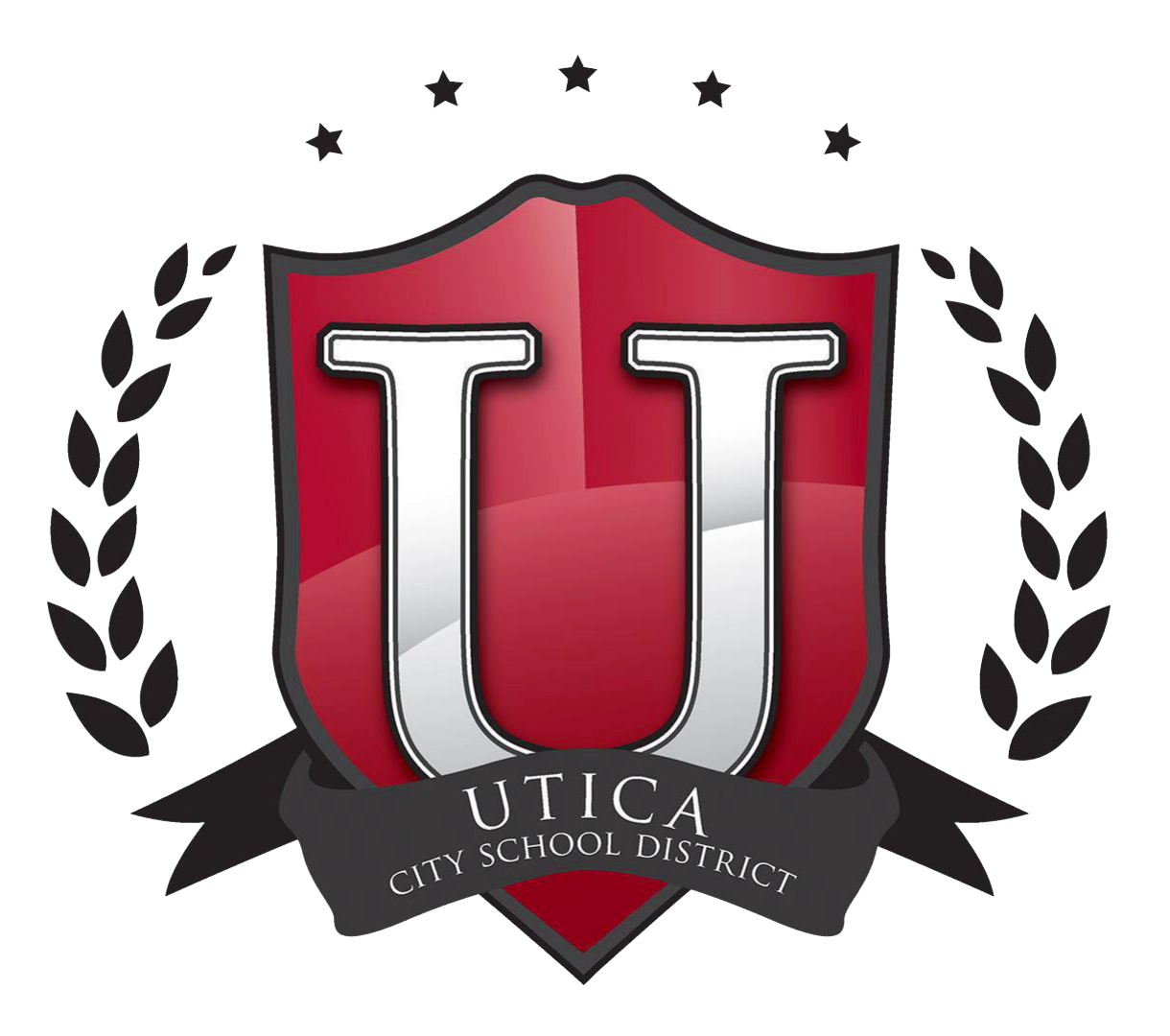Respuesta a la Intervención (RTI)
Utica Distrito escolar de la ciudad
"La Respuesta a la Intervención (RTI) es un enfoque de varios niveles para la identificación temprana y el apoyo a los alumnos con necesidades de aprendizaje y comportamiento. El proceso RTI comienza con una instrucción de alta calidad y una evaluación universal de todos los niños en el aula de educación general. Los alumnos con dificultades reciben intervenciones de intensidad creciente para acelerar su ritmo de aprendizaje: ..... Se supervisa de cerca el progreso para evaluar tanto el ritmo de aprendizaje como el nivel de rendimiento de cada alumno. Las decisiones educativas sobre la intensidad y la duración de las intervenciones se basan en la respuesta individual del alumno a la instrucción...La RTI está diseñada para utilizarse a la hora de tomar decisiones...creando un sistema bien integrado de instrucción e intervención guiado por los datos de los resultados del niño (rtinetwork.org)".
Un programa de RtI coherente con la sección 100.2(ii) del Reglamento del Comisionado debe incluir los siguientes componentes mínimos:
-
instrucción adecuada impartida a todos los alumnos de la clase de educación general por personal cualificado;
-
Por enseñanza adecuada de la lectura se entenderán los programas de lectura basados en la investigación científica que incluyan una enseñanza explícita y sistemática de la conciencia fonémica, la fonética, el desarrollo del vocabulario, la fluidez lectora (incluidas las destrezas de lectura oral) y las estrategias de comprensión lectora;
-
-
exámenes aplicados a todos los alumnos de la clase para identificar a los que no progresan académicamente al ritmo previsto;
-
instrucción adaptada a las necesidades del alumno, con niveles cada vez más intensivos de intervención e instrucción específicas para los alumnos que no progresan satisfactoriamente en sus niveles de rendimiento y/o en su ritmo de aprendizaje para alcanzar los estándares de su edad o grado;
-
Evaluaciones repetidas del rendimiento de los alumnos que deben incluir medidas curriculares para determinar si las intervenciones están dando lugar a un progreso de los alumnos hacia los estándares de su edad o grado;
-
la aplicación de la información sobre la respuesta del alumno a la intervención para tomar decisiones educativas sobre cambios en los objetivos, la instrucción y/o los servicios y la decisión de remitirlo a programas y/o servicios de educación especial; y
-
notificación por escrito a los padres cuando el alumno requiera una intervención superior a la que se proporciona a todos los alumnos en el aula de educación general que proporcione información sobre:
-
la cantidad y naturaleza de los datos sobre el rendimiento de los alumnos que se recopilarán y los servicios de educación general que se prestarán de conformidad con el apartado (2) de esta subdivisión;
-
estrategias para aumentar el ritmo de aprendizaje del alumno; y
-
el derecho de los padres a solicitar una evaluación para programas y/o servicios de educación especial.
-
-
El distrito escolar ha definido la estructura y los componentes específicos del programa de respuesta a la intervención, incluidos, entre otros, los criterios para determinar los niveles de intervención que se proporcionarán a los alumnos, los tipos de intervención, la cantidad y la naturaleza de los datos sobre el rendimiento de los alumnos que se recopilarán y la forma y la frecuencia de la supervisión del progreso.
-
El distrito escolar se asegura de que el personal tenga los conocimientos y habilidades necesarios para implementar un programa de respuesta a la intervención y que dicho programa se implemente de acuerdo con el párrafo (2) de esta subdivisión.
Utica Respuesta a la intervención (RTI) del distrito escolar de la ciudad
|
Evaluación universal: i-Ready |
|
|---|---|
|
Instrucción adecuada: Nivel 1
Proveedor: Profesor de aula |
|
|
Remisión a IST |
|
|
Intervenciones: Nivel 2
Proveedor: Profesor de aula u otro personal de apoyo identificado |
|
|
Revisión del seguimiento de los progresos de las TSI
|
|
|
|
|
|
|
Intervenciones: Nivel 3
Proveedor: Profesor de aula u otro personal de apoyo identificado |
|
|
Revisión del seguimiento de los progresos de las TSI |
|
|
Remisión al CSE |
|
